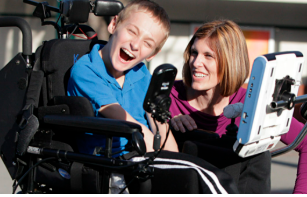In today’s classrooms, technology plays a vital role in making learning more inclusive. For students with diverse learning needs, digital tools can offer support, engagement, and new ways to participate in the educational experience. Special education programs are increasingly turning to technology to personalize learning and promote student success in meaningful ways.
Creating Accessible Learning Environments
One of the most significant contributions of technology in special education is its ability to enhance accessibility. Tools such as screen readers, speech-to-text programs, and customizable displays make it easier for students with visual, auditory, or motor challenges to interact with content. Tablets and laptops equipped with assistive apps enable learners to read, write, and communicate more independently.
Supporting Individual Learning Styles
Technology also helps tailor instruction to each student’s unique learning style. For example, students who benefit from visual instruction can use interactive whiteboards and educational videos, while others who need extra time can learn at their own pace using adaptive learning platforms. With the right tools, teachers can build a flexible curriculum that accommodates various abilities and strengths.
Encouraging Communication and Expression
For many students in special education programs, communication can be a barrier to participation. Devices like augmentative and alternative communication (AAC) tools empower students to express themselves using symbols, text, or voice output. These tools not only improve communication but also build confidence and social interaction skills, both in and outside the classroom.
Promoting Independence and Confidence
When students are equipped with the right technological support, they often become more independent in their learning. Whether it’s using a digital calendar to manage their schedule or navigating learning apps designed to reinforce skills, students gain a sense of control over their educational journey. This can lead to increased motivation and self-esteem.
Enhancing Collaboration Between Teachers and Families
Digital platforms also make it easier for teachers, therapists, and families to work together. Shared learning plans, real-time updates, and progress tracking tools ensure that everyone is on the same page when it comes to a student’s goals. Technology strengthens the support network around each learner, helping them grow academically and socially.
Looking Ahead
As technology continues to evolve, its potential to support students with special needs grows as well. With thoughtful integration, schools can create more equitable and engaging learning experiences for every student. By embracing the tools that work best for each learner, special education becomes more responsive, inclusive, and effective.














